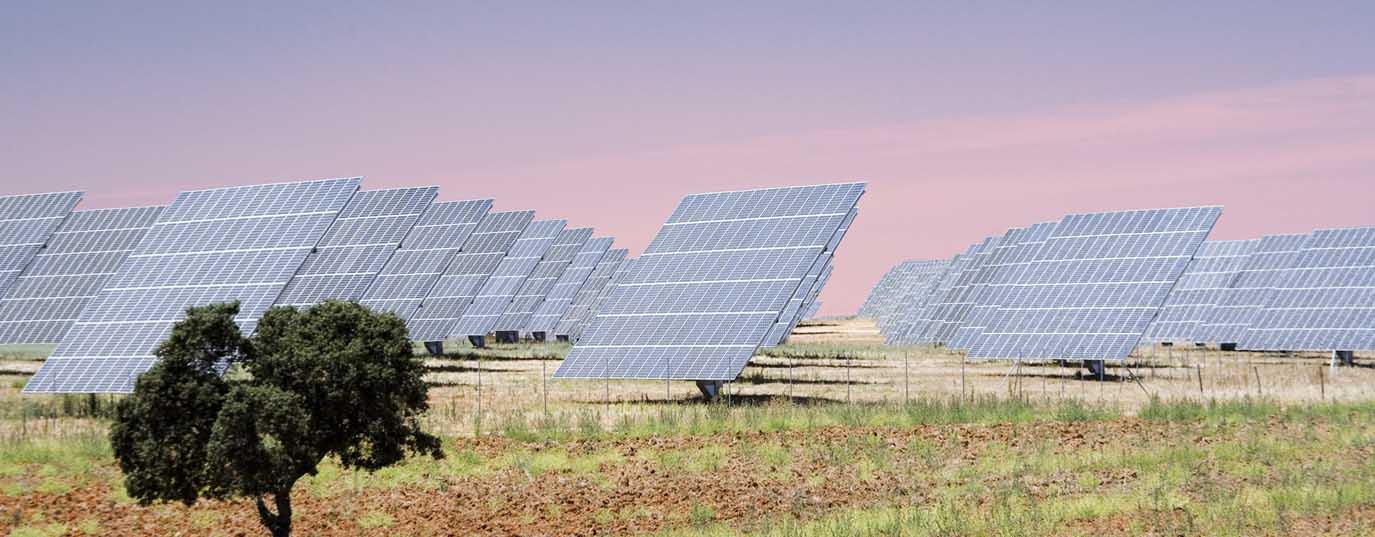Renewable energies: solar
Heat from solar radiation has had many traditional uses, for example in saltworks; and agriculture would not be possible without it.
Researchers at the Non-Conventional Energy Research Institute (INENCO), part of the National University of Salta (UNSa), received the Mothers and Grandmothers of Plaza de Mayo Latin American award for Participatory Research for a project focusing on the transfer of technologies that harness the solar energy for isolated communities in the Andean region of the province.
This is just one example of the use and efficiency of this renewable energy fed by sunlight.
Solar thermal power
Heat from solar radiation has had many traditional uses, for example in saltworks; and agriculture would not be possible without it. Its use to heat domestic water is a very affordable way of saving and being energy efficient.
You can check how a simple thermal collector works by making one yourself.
 The use of domestic solar collectors increases the self-sufficiency of users and is recommended for buildings such as schools and sports centres where the changing rooms use a great deal of hot water. Solar thermal energy is found increasingly on the rooftops of homes and public buildings: hotels, hospitals, sports centres, etc. Another application for solar thermal energy is solar cookers; its usefulness is evident in places where deforestation deprives the population of traditional biomass. Also, for pasteurising drinking water: infra-red rays raise the temperature of the water, removing parasites.
The use of domestic solar collectors increases the self-sufficiency of users and is recommended for buildings such as schools and sports centres where the changing rooms use a great deal of hot water. Solar thermal energy is found increasingly on the rooftops of homes and public buildings: hotels, hospitals, sports centres, etc. Another application for solar thermal energy is solar cookers; its usefulness is evident in places where deforestation deprives the population of traditional biomass. Also, for pasteurising drinking water: infra-red rays raise the temperature of the water, removing parasites.
Solar photovoltaics
Electric current consists of ordering and strengthening the movement of particles called electrons. In crystalline silicon photovoltaic cells, electric current is created from incident solar radiation. The solar panels on the market supply between 80 and 120 watts-peak of power and produce between 120 and 140 kWh a year, depending on the hours of radiation in the specific installation site.
Lines of research into photovoltaic energy have goals such as: increasing the performance of rigid cells to minimise the environmental impact of silicon purification, achieve flexible cells and, with nanotechnology, linking photosynthesis with the photovoltaic effect.
Solar thermal electric power
This technology harnesses heat from solar radiation, capturing it by parabolic or mirror systems that concentrate it to reach very high temperatures of over 700ºC, which raise the temperature of a fluid. This, in a closed water circuit, generates vapour, the pressure of which moves an electricity production turbine.
Passive solar energy
Passive use of solar radiation is not a renewable energy source, but it is an energy saving and environmental sustainability resource. Through: appropriate orientation of buildings, good insulation, materials with a high thermal coefficient and good ventilation and temperature regulation habits, energy consumption in the home can be reduce by between 30% and 60%.
More information about solar energy.







